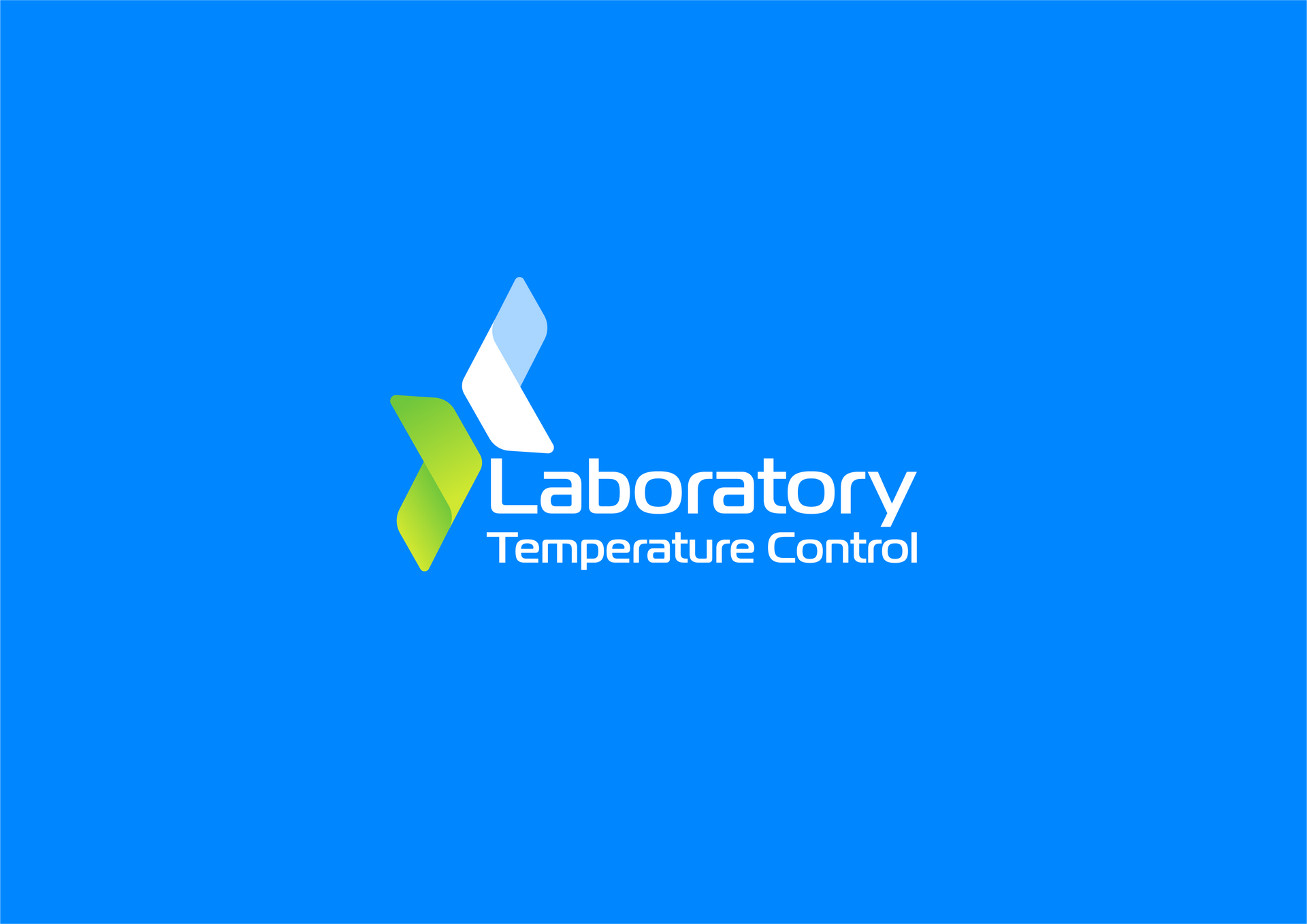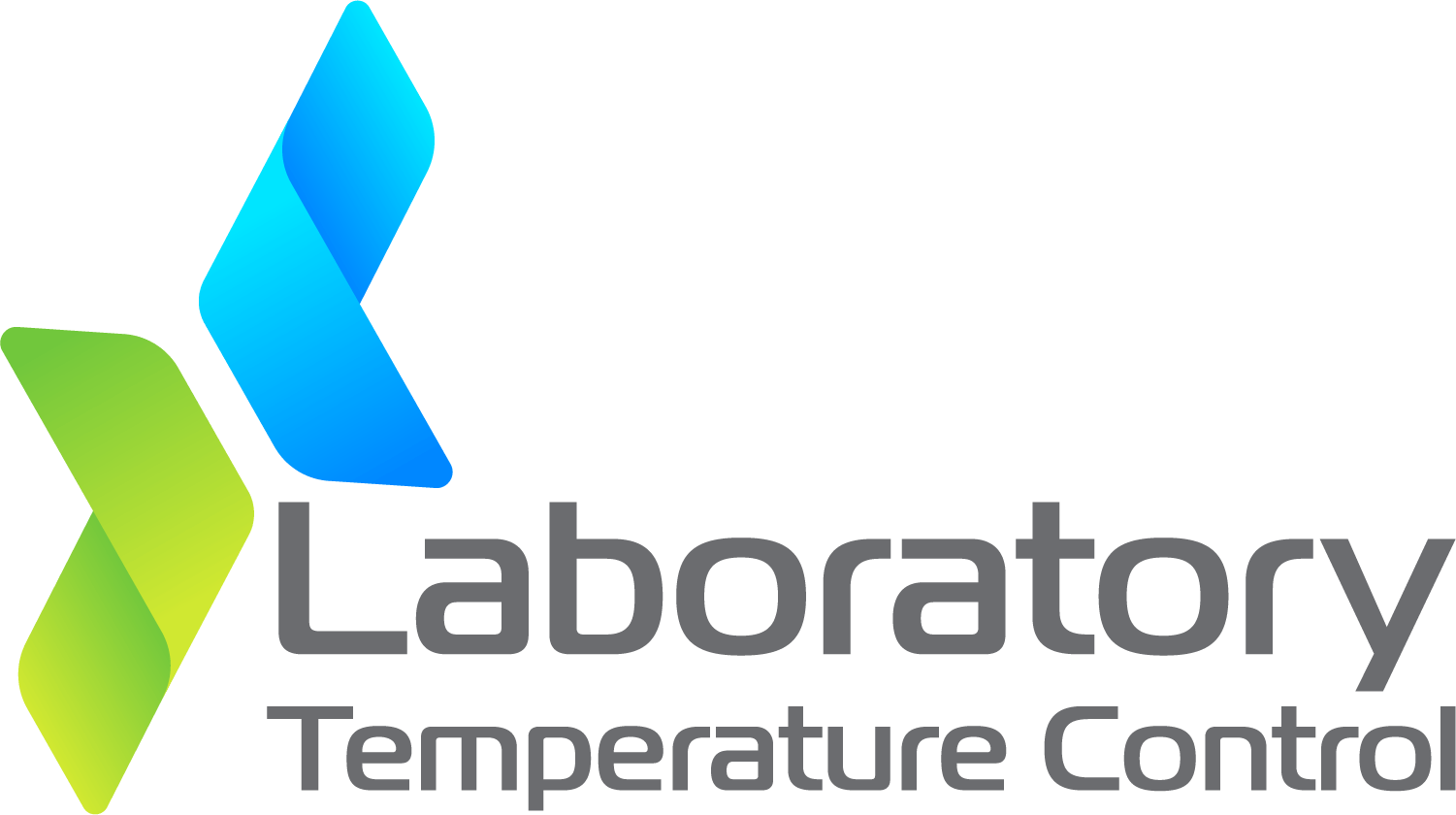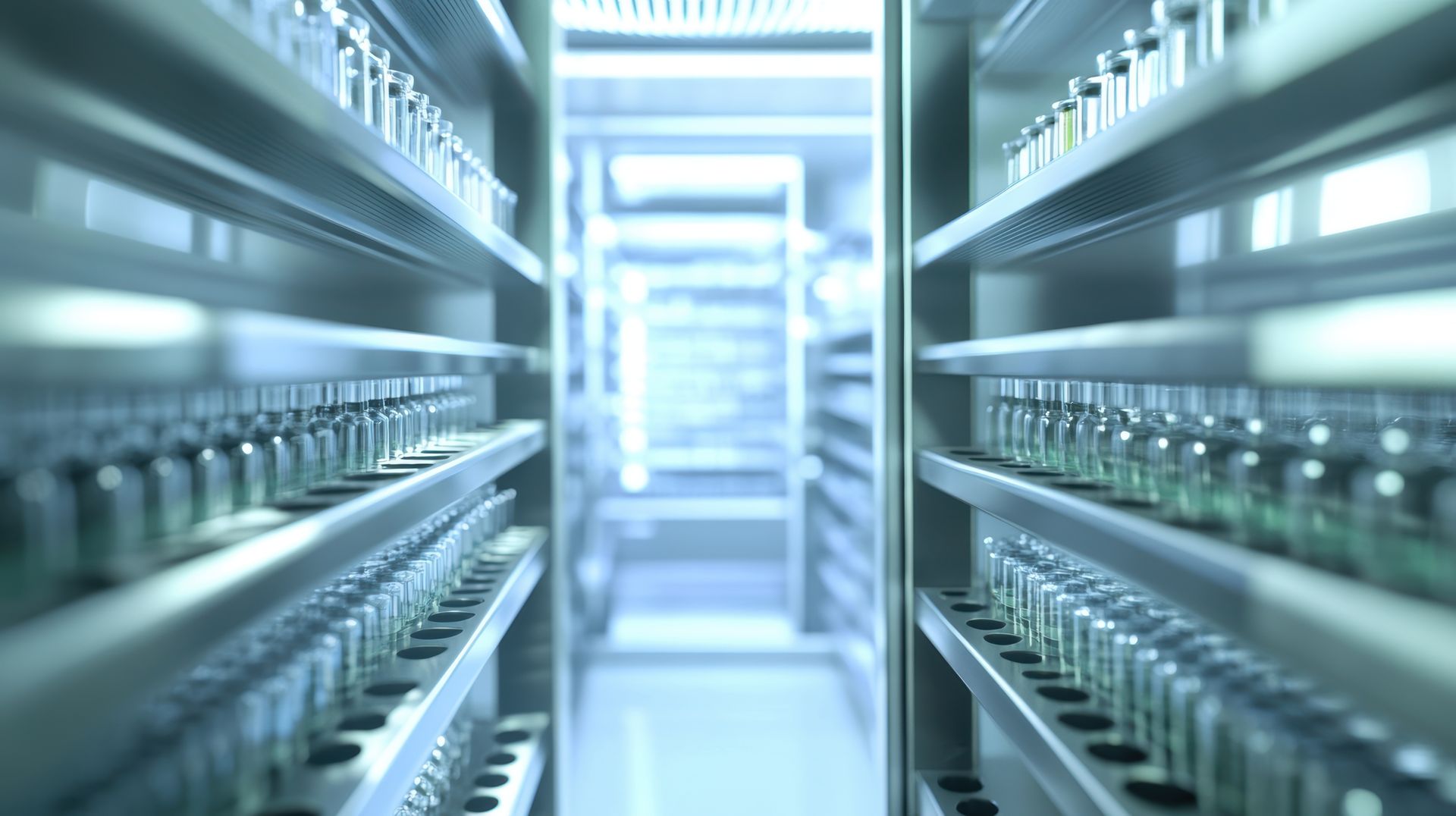Temperature Mapping & Validation: Ensuring Accuracy in Critical Storage Environments
Introduction: Precision You Can Prove
In regulated laboratory and pharmaceutical environments, it’s not enough for a cold room or freezer to appear stable — it must be proven stable.
That proof comes through temperature mapping and validation, processes that verify a system maintains precise, consistent conditions under all circumstances.
For organisations working under GMP, MHRA, or FDA regulations, these steps are more than technical formalities — they’re essential evidence of product safety, integrity, and quality assurance.
1. What Is Temperature Mapping?
Temperature mapping measures how temperature is distributed throughout a controlled environment, such as a cold room, fridge, freezer, or warehouse.
By placing calibrated sensors in strategic locations, engineers record temperature variations over time to identify potential “hot” or “cold” spots.
Mapping is performed:
- During initial system qualification (IQ/OQ/PQ).
- After major equipment changes or relocations.
- During routine requalification, typically every 12–24 months.
The goal: confirm that every part of the storage space consistently meets the specified temperature range — protecting the integrity of stored products.
2. Why Temperature Mapping Is Essential
Even well-designed systems can exhibit small variations in performance. Mapping ensures these variations don’t affect critical products.
Key reasons to conduct mapping:
Compliance: Required by MHRA, FDA, and WHO GMP guidelines.
Quality assurance: Ensures uniform conditions across the entire storage area.
Risk management: Identifies airflow obstructions or insulation weaknesses before they cause failure.
Audit readiness: Provides validated proof that systems perform within limits.
In regulated industries, if it isn’t documented, it didn’t happen — mapping gives you that documentation.
3. The Temperature Mapping Process
A comprehensive mapping study includes several steps designed to capture accurate, traceable data.
A. Planning
Define the purpose and scope (e.g., initial validation, requalification, or seasonal study).
Identify critical zones such as near doors, vents, or equipment.
Develop a mapping protocol aligned with GMP Annex 1 and ISO 17025.
B. Sensor Placement
Install multiple calibrated data loggers at predetermined grid points — typically on three vertical levels (top, middle, bottom).
Ensure sensors have valid calibration certificates traceable to national standards.
C. Data Recording
Collect temperature readings over a defined period (commonly 24–72 hours).
Record under both empty and loaded conditions to simulate real operations.
D. Analysis & Reporting
Identify maximum, minimum, and mean temperatures across all points.
Highlight deviations or unstable areas.
Provide a detailed validation report with graphical temperature distribution.
This final report becomes part of your Performance Qualification (PQ) documentation.
4. Validation: The Next Step in Compliance
While mapping assesses uniformity, validation confirms that the entire temperature control system functions as intended — consistently and reliably.
Validation typically includes three documented stages:
- Installation Qualification (IQ): Verifies installation matches design specifications.
- Operational Qualification (OQ): Demonstrates the system operates correctly under specified conditions.
- Performance Qualification (PQ): Confirms the system performs consistently over time.
Together, mapping + validation prove that your environment meets the standards required for GMP and MHRA compliance.
5. Common Causes of Temperature Variation
Understanding what affects temperature uniformity helps prevent issues before they arise.
Door openings: Frequent access introduces warm air.
Blocked airflow: Shelving or packaging that restricts circulation.
Sensor drift: Inaccurate readings from uncalibrated probes.
Ambient temperature swings: Poor insulation or HVAC imbalance.
Equipment load: Heat generated by lighting or electronics.
Mapping detects these influences early, allowing corrective action before product quality is compromised.
6. How Often Should Mapping & Validation Be Done?
Best practice recommendations:
- New installations: Complete full IQ/OQ/PQ validation before use.
- Existing systems: Requalify every 12–24 months or after major repairs, relocations, or seasonal changes.
- Regulatory audits: Maintain updated reports available for inspection at all times.
Regular revalidation builds confidence that your system continues to perform within the original specification — year after year.
7. Partnering with a Specialist Validation Team
Temperature mapping and validation require precision equipment, technical expertise, and a full understanding of regulatory requirements.
Working with a qualified provider like Laboratory Temperature Control offers several advantages:
- Experienced validation engineers trained in GMP, MHRA, and ISO standards.
- Calibrated, traceable sensors and advanced data-logging software.
- Comprehensive reports suitable for audit submission.
- Post-mapping consultation with recommendations for optimisation.
- Ongoing maintenance and requalification support for complete lifecycle compliance.
Our team delivers peace of mind by ensuring your storage environments are accurate, validated, and fully documented.
8. The Benefits of Accurate Mapping & Validation
When performed correctly, temperature mapping provides tangible operational benefits:
- Improved product safety and quality assurance.
- Enhanced regulatory confidence during audits.
- Reduced energy consumption through system optimisation.
- Early detection of inefficiencies that could cause downtime.
- Extended equipment lifespan by preventing over-correction cycles.
Simply put, accurate mapping saves time, energy, and money — while proving you meet the highest compliance standards.
Conclusion: Accuracy You Can Trust
In critical environments, temperature control isn’t a guess — it’s a guarantee.
Mapping and validation ensure your laboratory or pharmaceutical facility operates with the accuracy regulators demand and patients depend on.
At Laboratory Temperature Control, we perform end-to-end temperature mapping, validation, and requalification services across the UK and Western Europe.
From single cold rooms to multi-site installations, our team provides the data, documentation, and expertise that keep your operations compliant and dependable.
If it’s time to validate your systems or schedule a requalification, contact our expert validation team today — and ensure your storage environments remain precise, compliant, and audit-ready.






















The Importance of Having a Breakdown and Service Contract in Place for Your Pharmaceutical Cold Room







